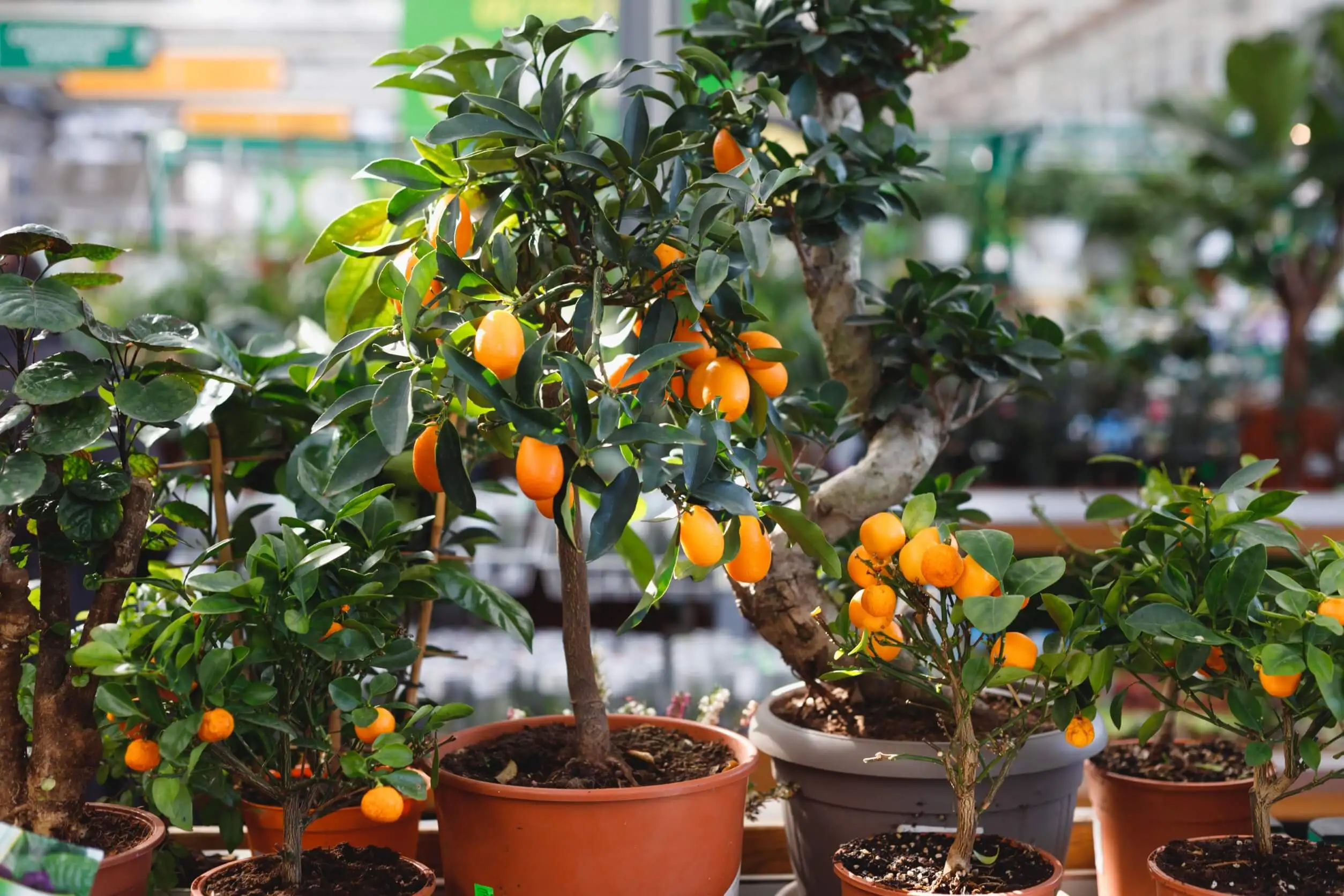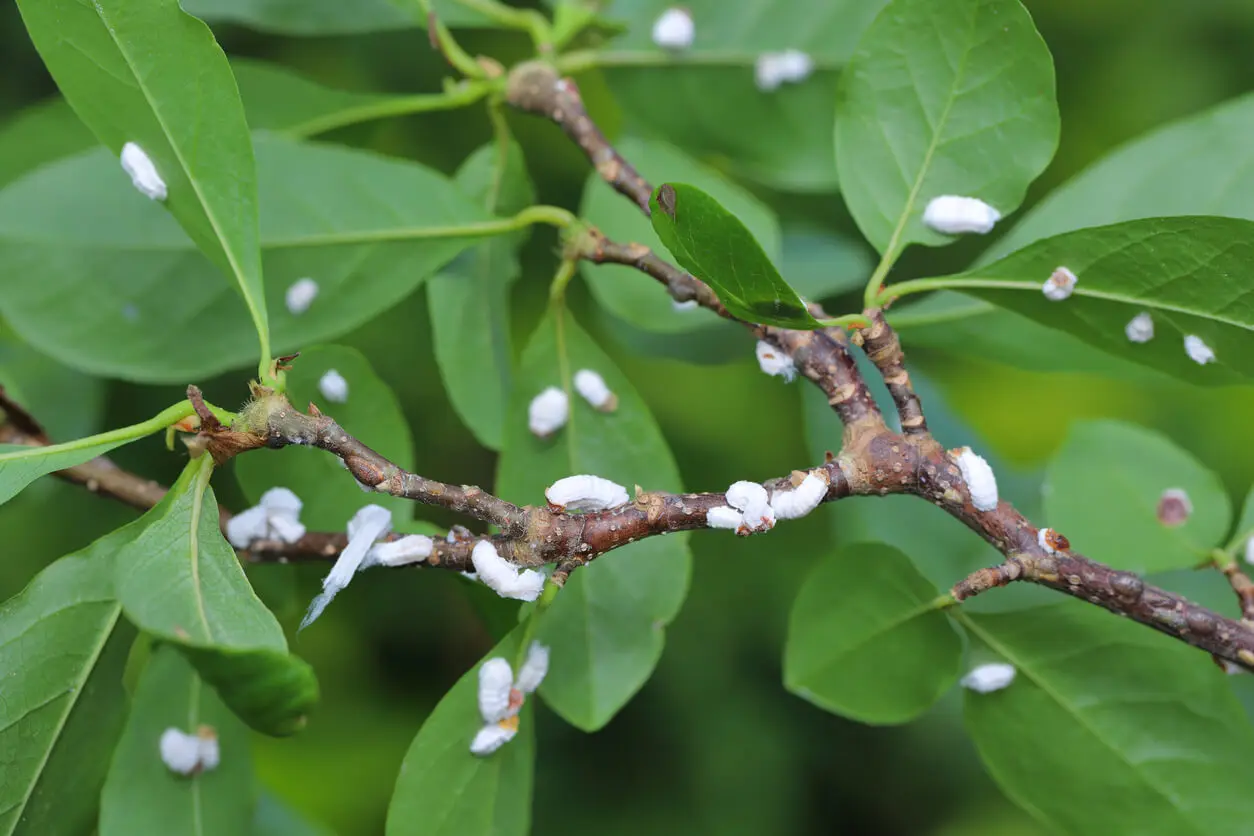The Chinese Orange Tree or Kumquat: An Ideal Tree to Decorate Your Home

If you’re looking for a great decorative plant with a tree-like formation, a fresh scent, and edible fruits, the Chinese orange tree or kumquat is an ideal candidate. This is a species tath’s suitable for indoors. It can also grow outdoors, but it depends on the climatic conditions of the area. The care required by the plant is simple, although you should pay attention to certain details.
If you take care of it correctly, it’s possible to have a flowering, aromatic, and fruity specimen all year round. The small fruits of the Chinese orange tree are used for various gastronomic recipes due to their mineral salts, essential oils, and vitamins C and E. In this article, discover how to take care of this small and elegant tree that’s ideal to decorate a corner of your home.
What is the Chinese orange tree and what are its characteristics?
When the name Chinese orange tree is commonly used, this is actually a nickname – one of many that the Fortunella plant has. It’s also known as “dwarf orange tree”, “kumquat”, “calamondin” or “naranjito de San José” in Spanish. This is a species native to China that was brought to Europe by the botanist Robert Fortune during the 19th century.
At present, it’s cultivated in many countries of this continent, together with several American nations, such as Mexico, the United States, Brazil, Paraguay, and Argentina. In the latter, it’s often confused with the quinoto due to the similarity of its fruit. It has a robust stem that provides firm vertical growth without the need for accessories to guide it.
This plant is characterized by having a high density of small, dark green leaves. It also produces white flowers with a very pleasant aroma. As for the fruits, they are known as kumquats and are about 5 centimeters long. They belong to the hesperidium format – that is, a fleshy berry with citrus conditions. Therefore, this fruit is edible, although quite sour. To consume it, the pulp is usually separated.
Chinese orange tree varieties

The different varieties of this species are suitable for planting in pots, which control their growth by size. In this way, it’s an ideal choice for indoor ornamental use thanks to its aesthetics and its great resistance.
If grown in gardens or outdoor spaces, it’s possible for it to reach a height of up to 5 meters. Fortunella has some subspecies with distinctions, including the following.
- Margarita: This is perhaps the most used specimen. It’s characterized by its oval fruit that acquires a bright orange tone.
- Japonica: Its fruits, in this case, tend to the intense yellow tonality. It’s particularly well-known for its leafy bush.
- Obovata: This variant has fruits with sweeter skin.
We think you may also enjoy reading this article: 11 Types of Olive Trees and Their Characteristics
Taking care of the Chinese orange tree to decorate your house
Having a specimen at home is possible both indoors and in gardens, balconies, and terraces. This is because the Chinese orange tree has great resistance to weather conditions, although it prefers temperate climates and does not tolerate frost.
In order for it to bear fruit during a good part of the year, it’s important to keep it in cool environments and with a humid substrate. In addition, it’s necessary to carry out a series of care tips that optimize its condition.
Temperature
Even though this plant resists diverse climatic conditions, it doesn’t produce fruit when frosts fall. Therefore, the ideal climate for the Chinese orange tree is between 15 and 20 degrees Celsius. When the heat is more intense, it’s advisable to avoid it coming in contact with direct sunlight. The pot can be moved to shaded outdoor areas.
Watering kumquat trees
This plant needs frequent watering, especially in the summer. During the hot season, it’s advisable to sprinkle a little water every day or every other day. However, the frequency should be reduced to weekly watering in winter.
Another important aspect is to generate good drainage in the pot in order to avoid puddles that affect the development of the plant. To check the need for water, check if the soil is dry.
Fertilizer
Another important detail to guarantee the optimal development of its flowers and fruits is the application of fertilizer. It’s recommended to fertilize it twice a month, with components rich in iron, zinc, and, in hot months, nitrogen. In addition, the ideal substrate for this species contains a pH level between 5 and 6.
Pruning
In the spring months, it’s important to prune the Chinese orange tree, especially if it’s indoors, as vertical growth must be controlled. It’s necessary to be very careful when pruning this plant: removing a few leaves and flowers is enough. The main objective is to give it an ornamental shape, without exaggerated pruning that could interfere with its growth.
Sunlight
Although this is a species that requires several hours of light, not all of them have to be under direct exposure to the sun. It’s important that it’s in contact with direct light only during some moments of the day, while indirect lighting is the greatest ally of this plant.
Containers and transplants
In indoor spaces, it’s advisable to place the plant in large pots that accompany the ornamental character of the plant. This is a species that requires space, although it shouldn’t be exaggerated.
The height under these conditions is between one and two meters. On the other hand, it’s a good idea to transplant it every one or two years, always in the spring season, and especially when the plant is young.
Like this article? You may also like to read: The Best Trees and Shrubs for Privacy in the Garden
Chinese orange tree pests and diseases

Like all plants, this plant is often exposed to some pests. If this problem occurs, it’s important to identify which one it is by observing the symptoms closely.
- Whiteflies: These are small and annoying flies that hover around the plant to absorb its sap. Apply a suitable insecticide to treat the problem.
- Fungus: Fungi are caused by excess water. Therefore, be careful not to create waterlogging. If the leaves of the plant are rotten, apply a fungicide.
- Mealybugs: These are parasites that often appear when the plant is under stressful conditions. For example, when poor transplanting or pruning is carried out. There are several ways to combat them. Among them is a solution of hot water, rubbing alcohol, and dishwashing soap.
- Spider mites: These pests appear when the leaves begin to turn yellow. To prevent them, avoid dry environments and provide some ventilation.
Chinese orange tree flowers and fruits
One of the reasons why this plant is perfect for ornamental use has to do with its aesthetic, numerous and aromatic flowers. They usually appear during the spring but are very likely to remain throughout the year.
In addition, together with its fruits, they have components used in natural medicine and gastronomy, such as vitamins C and E, salts, and essential oils. It’s common to manufacture liqueurs and sweets with these components.
All cited sources were thoroughly reviewed by our team to ensure their quality, reliability, currency, and validity. The bibliography of this article was considered reliable and of academic or scientific accuracy.
- Hyang-Sook Choi. Characteristic Odor Components of Kumquat (Fortunella japonica Swingle) Peel Oil. J. Agric. Food Chem. 2005, 53, 5, 1642–1647. Publication Date:February 12, 2005. Disponible en: https://doi.org/10.1021/jf040324x
- Mercedes Pérez-Macias, Rommel Igor León-Pacheco, Gustavo Adolfo Rodríguez, Yzquierdo y Edwin Andrés Villagrán-Munar. Injertos de naranja (Citrus sinensis) y mandarina (Citrus reticulata) en fase de producción. Agronomía Mesoamericana, Universidad de Costa Rica, vol. 33, núm. 1, pp. 1-17, 2022. Disponible en: https://doi.org/10.15517/am.v33i1.45264
- COSCOLLÁ. Incidencia de los factores climatológicos en la evolución de las plagas y enfermedades de las plantas. Bol. Serv. Plagas, 6: 123-139. 1980. Disponible en: https://www.miteco.gob.es/ministerio/pags/Biblioteca/Revistas/pdf_plagas%2FBSVP-06-02-123-139.pdf
This text is provided for informational purposes only and does not replace consultation with a professional. If in doubt, consult your specialist.








